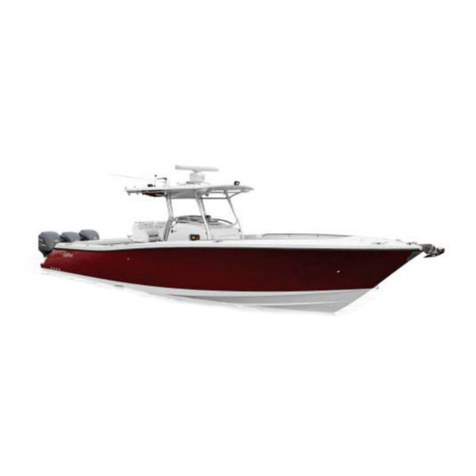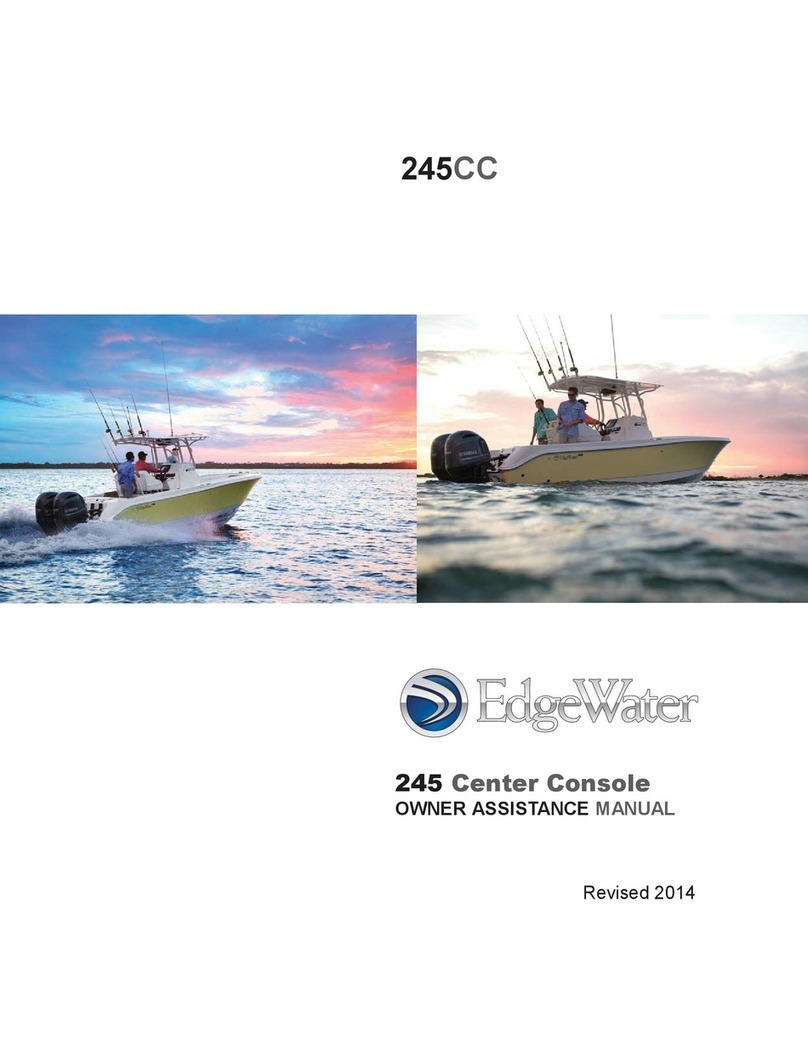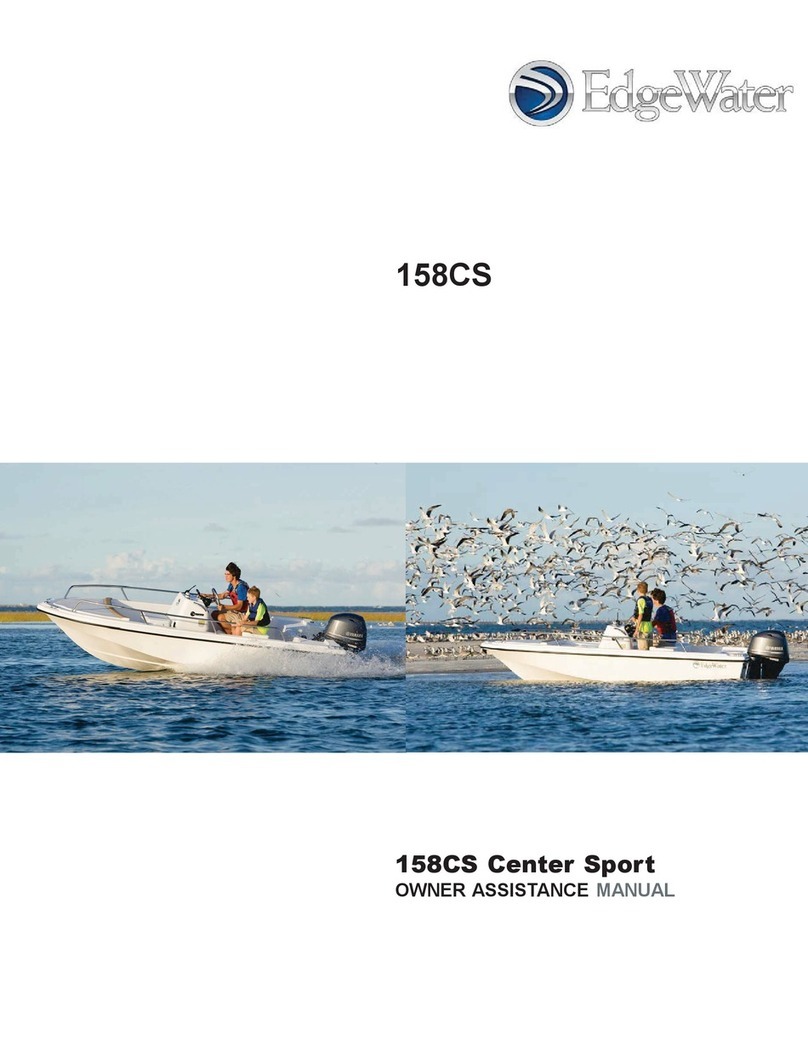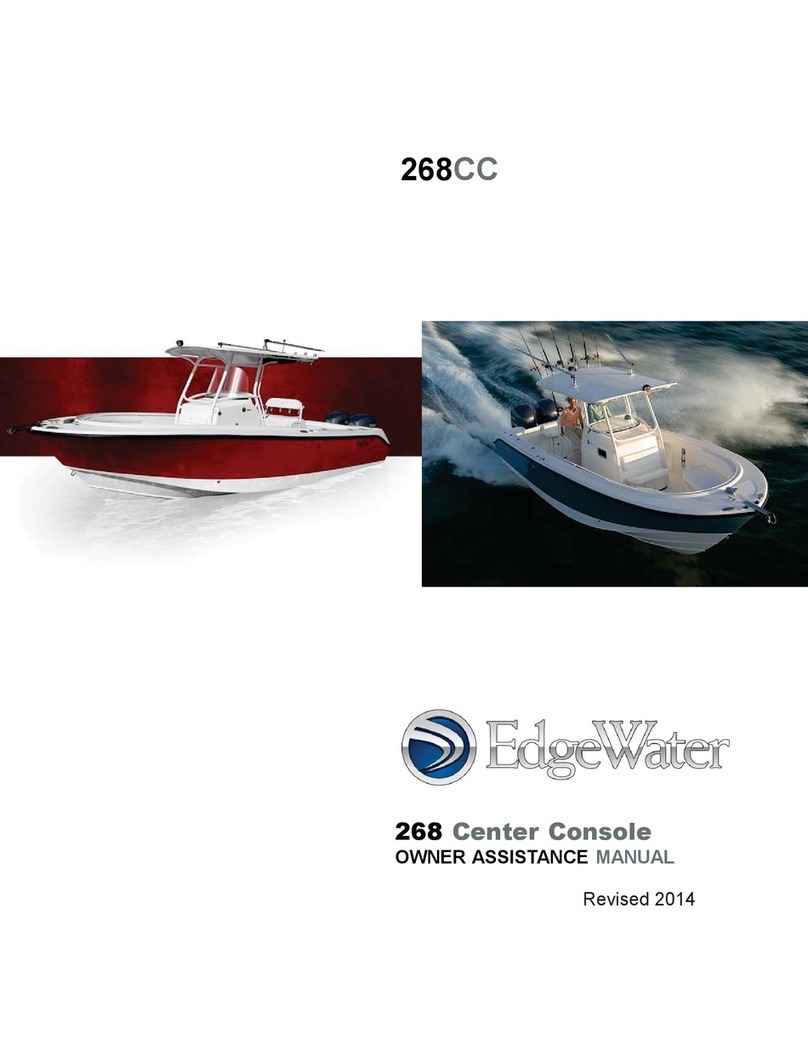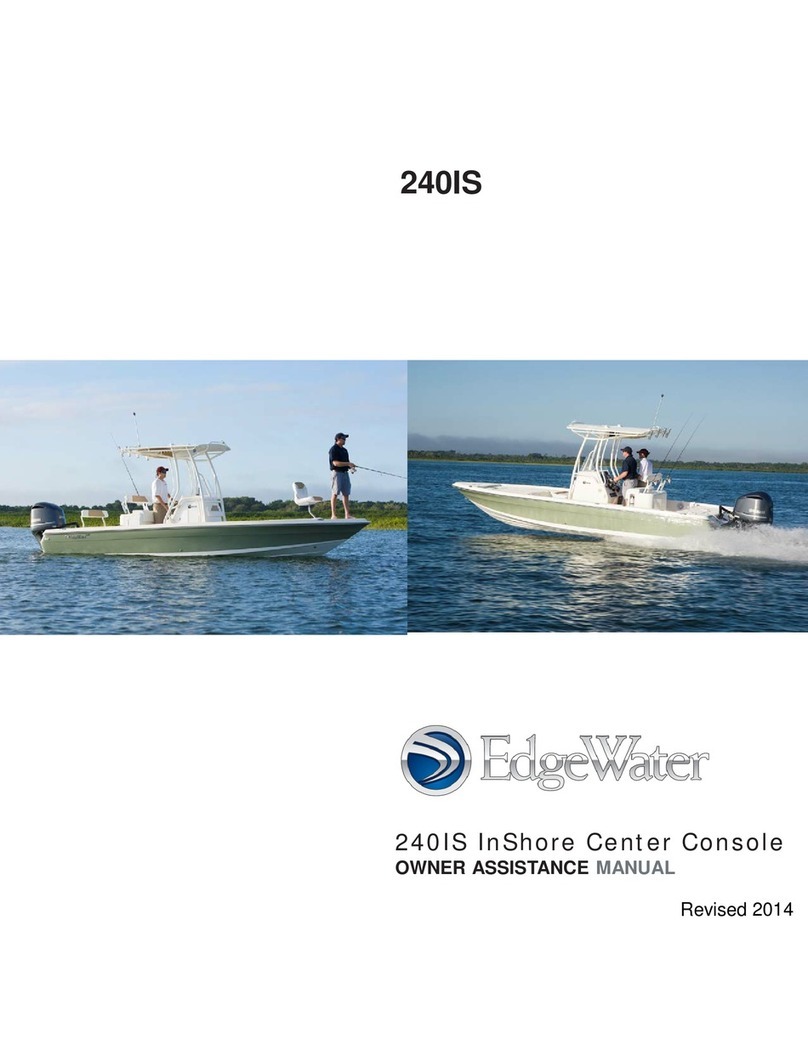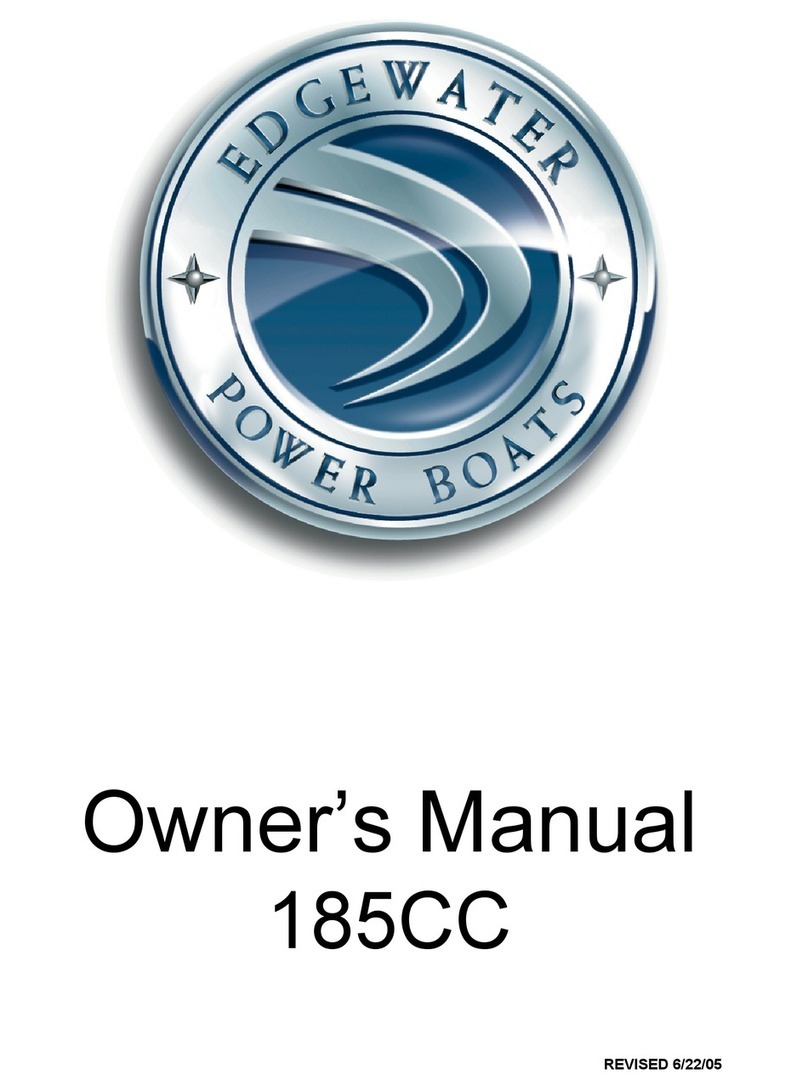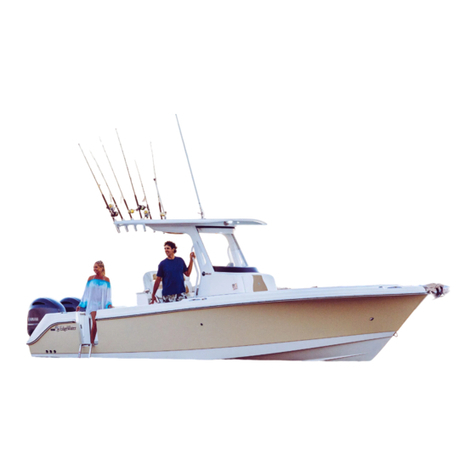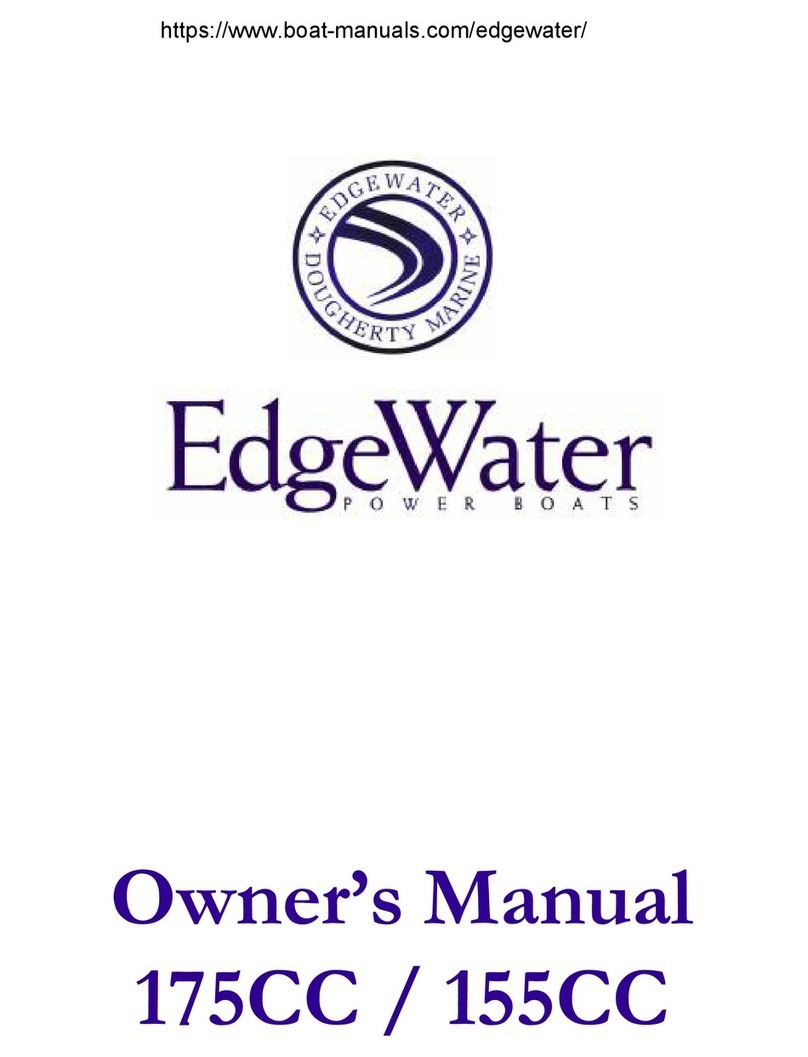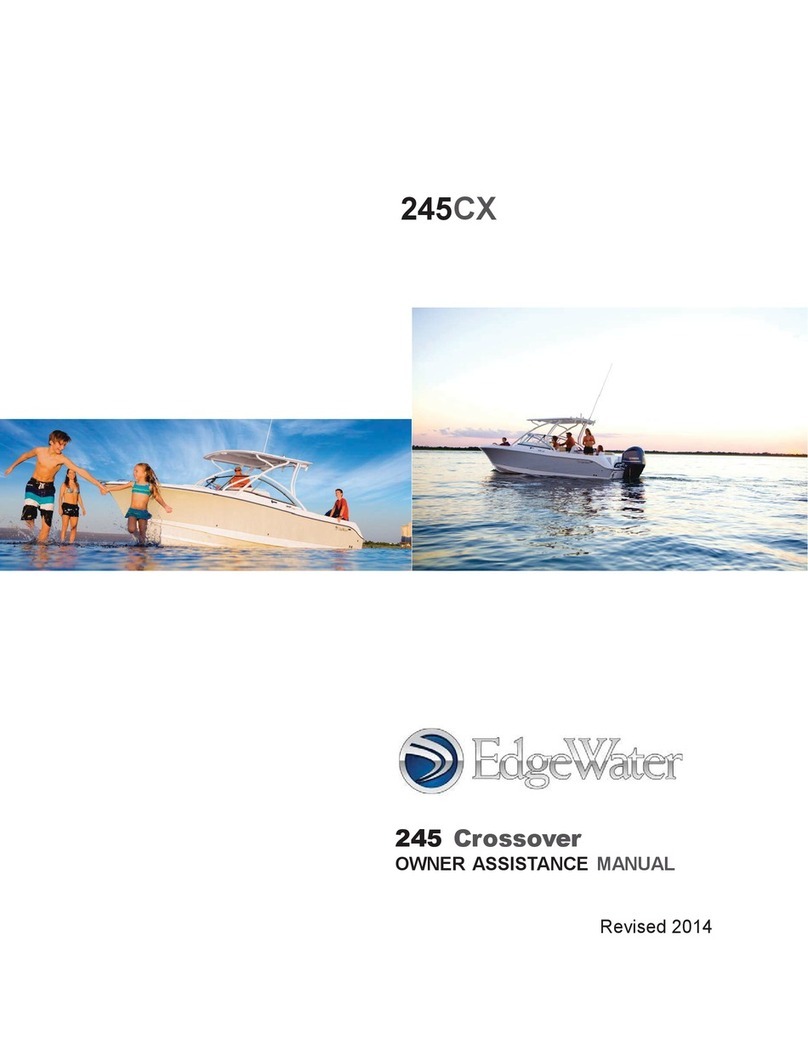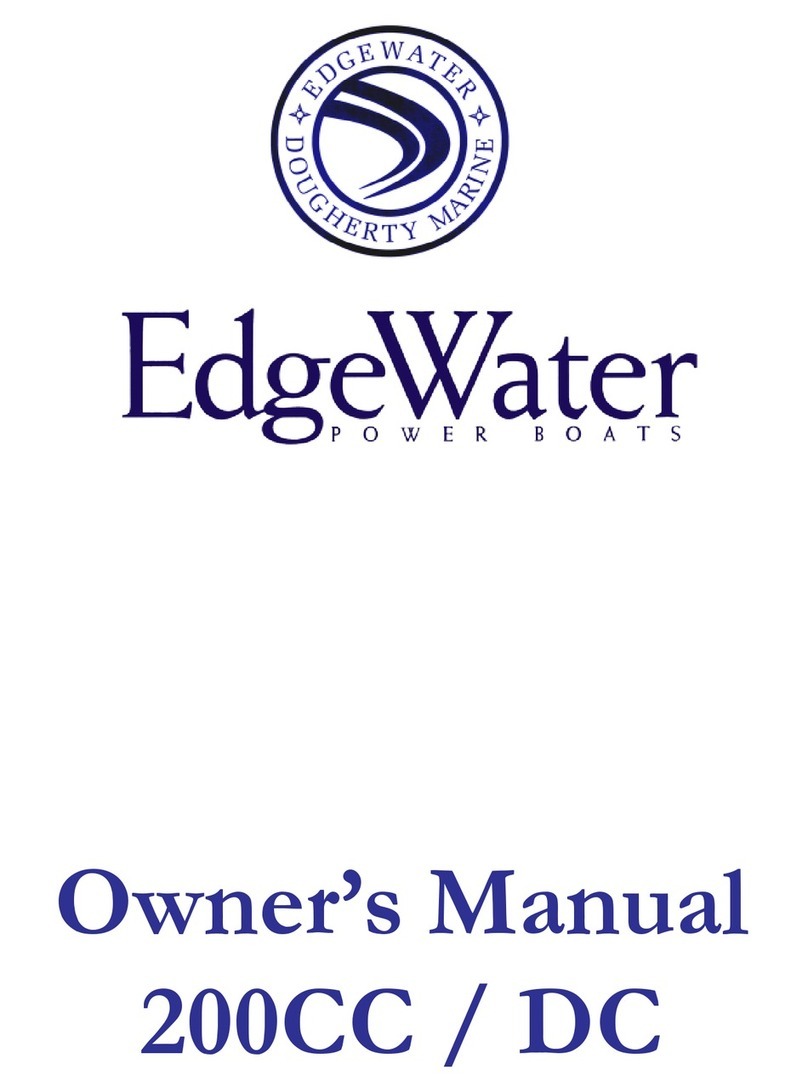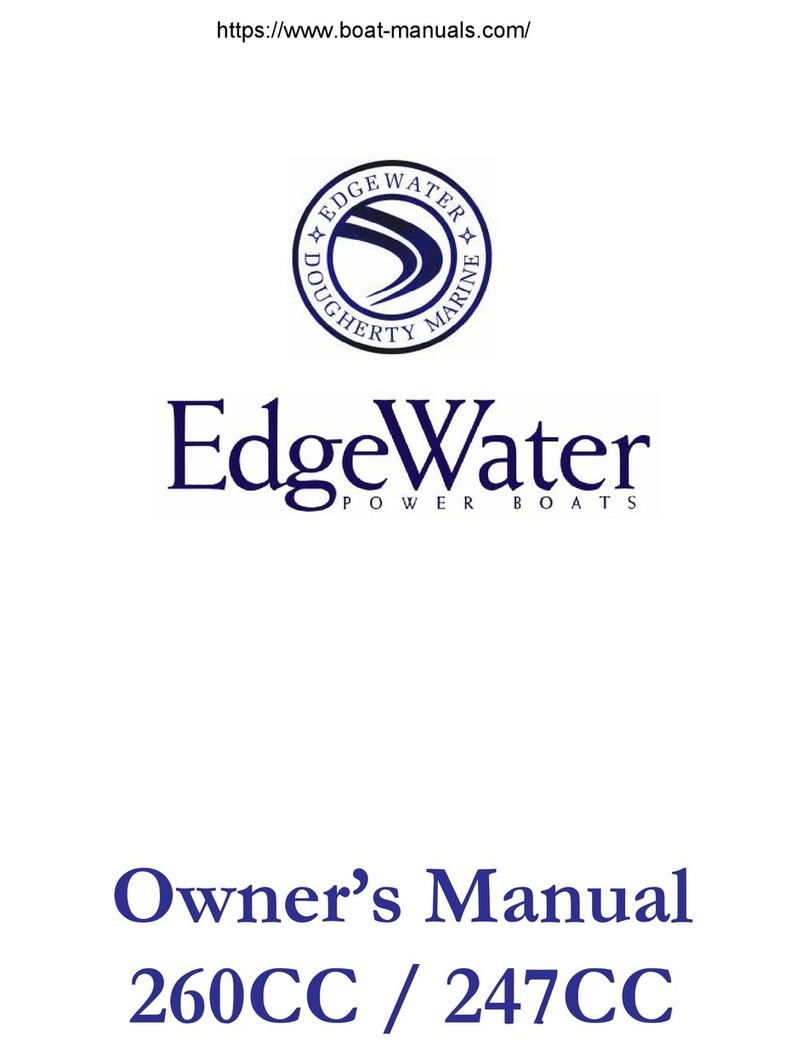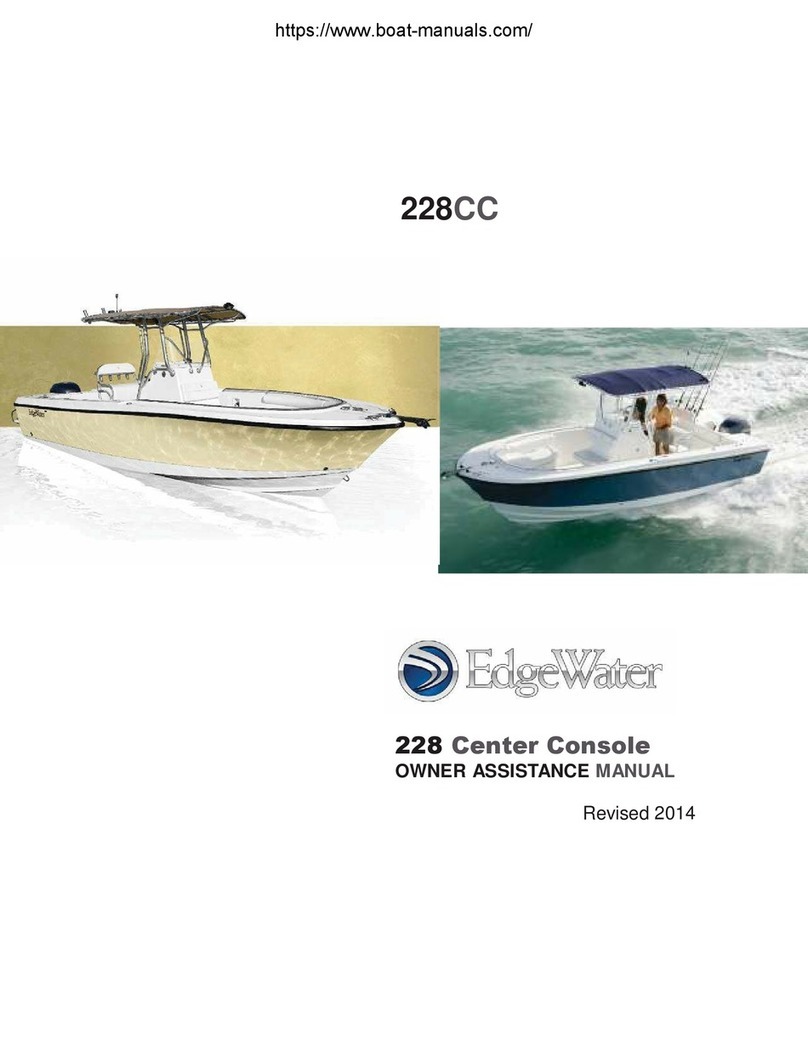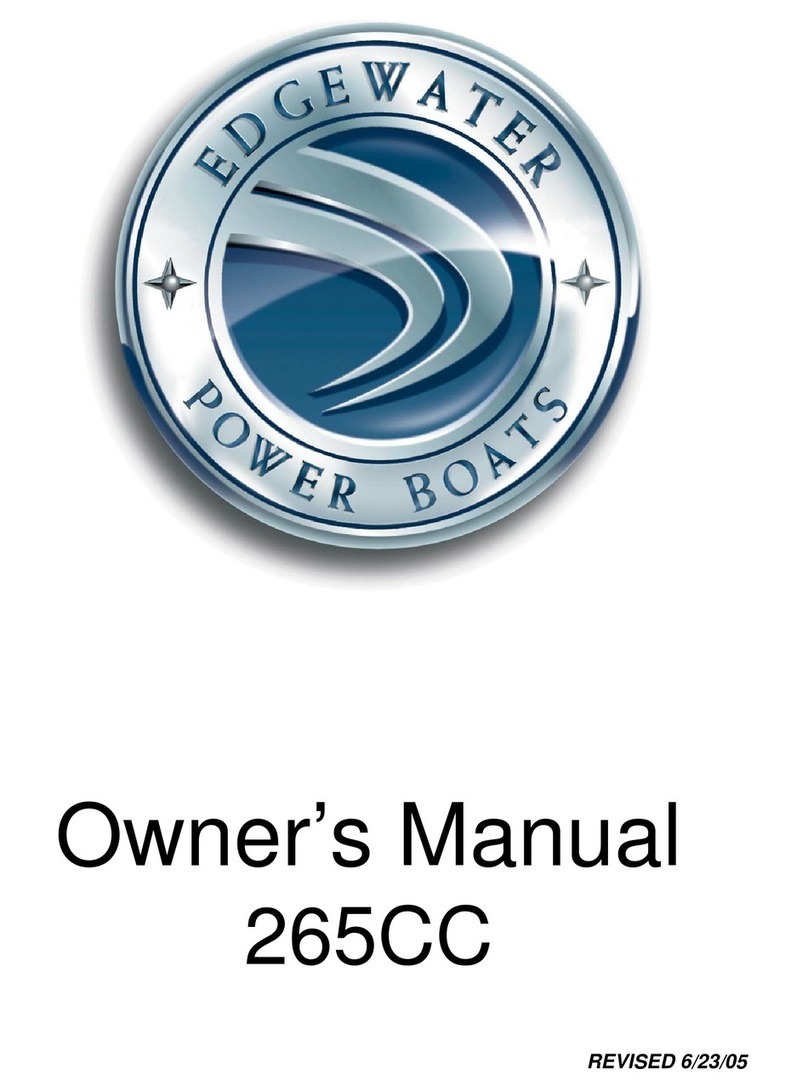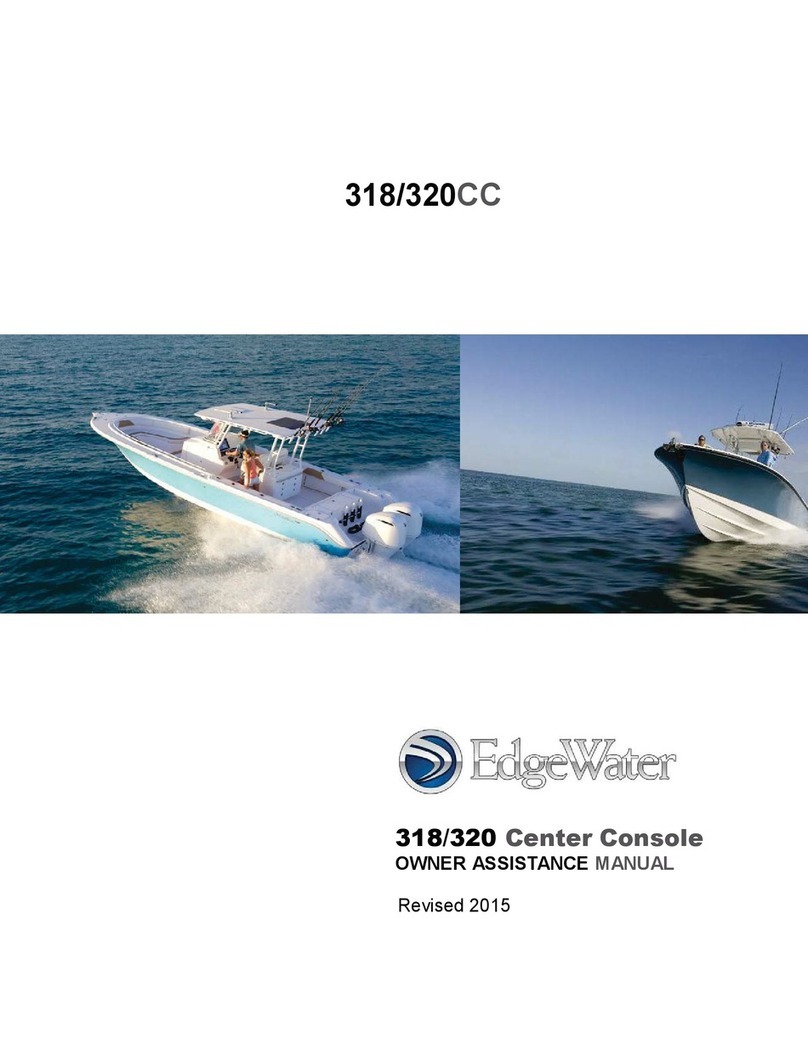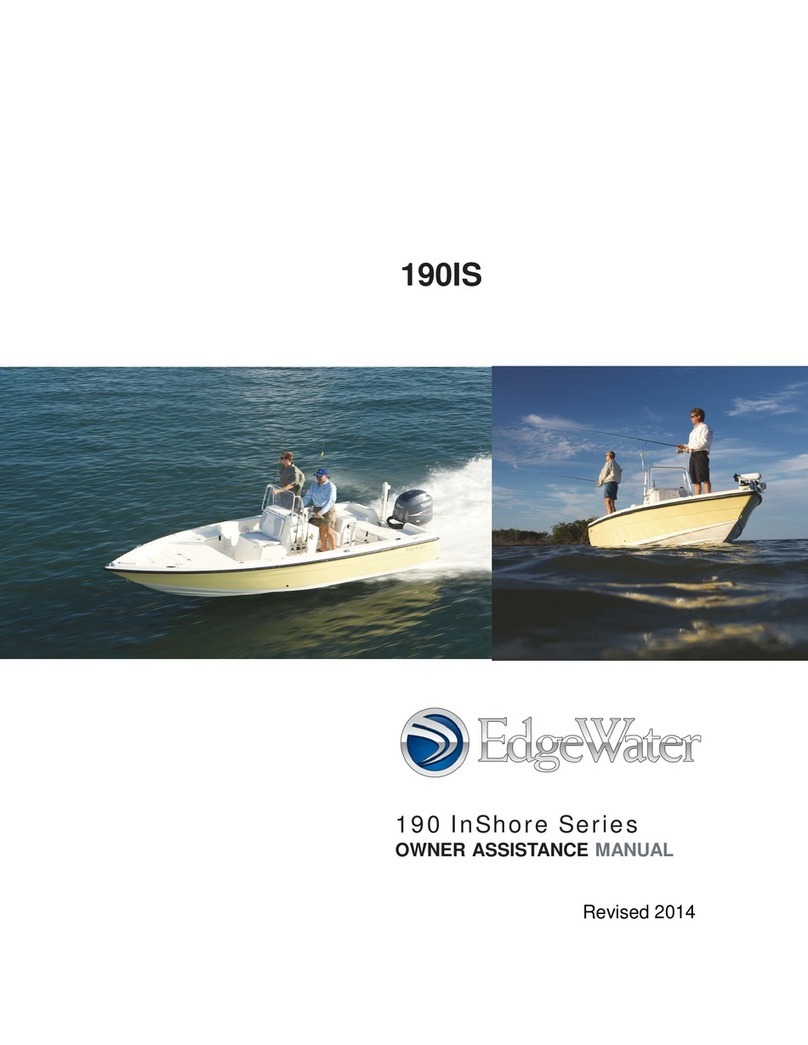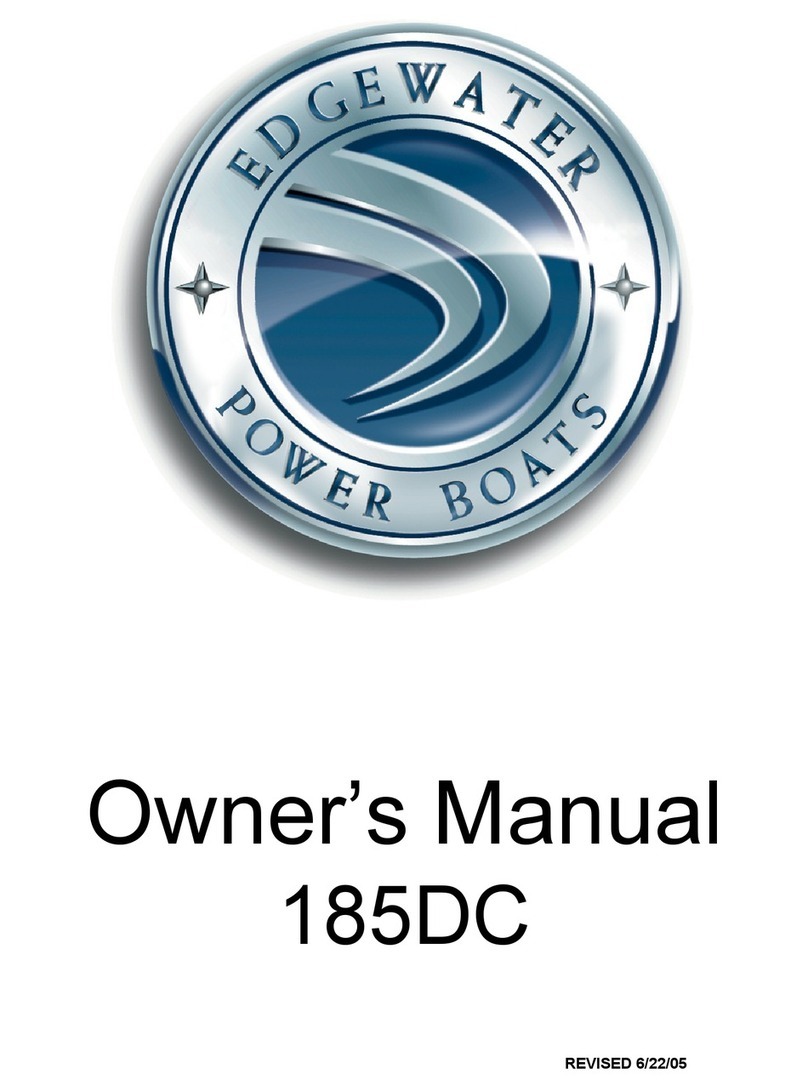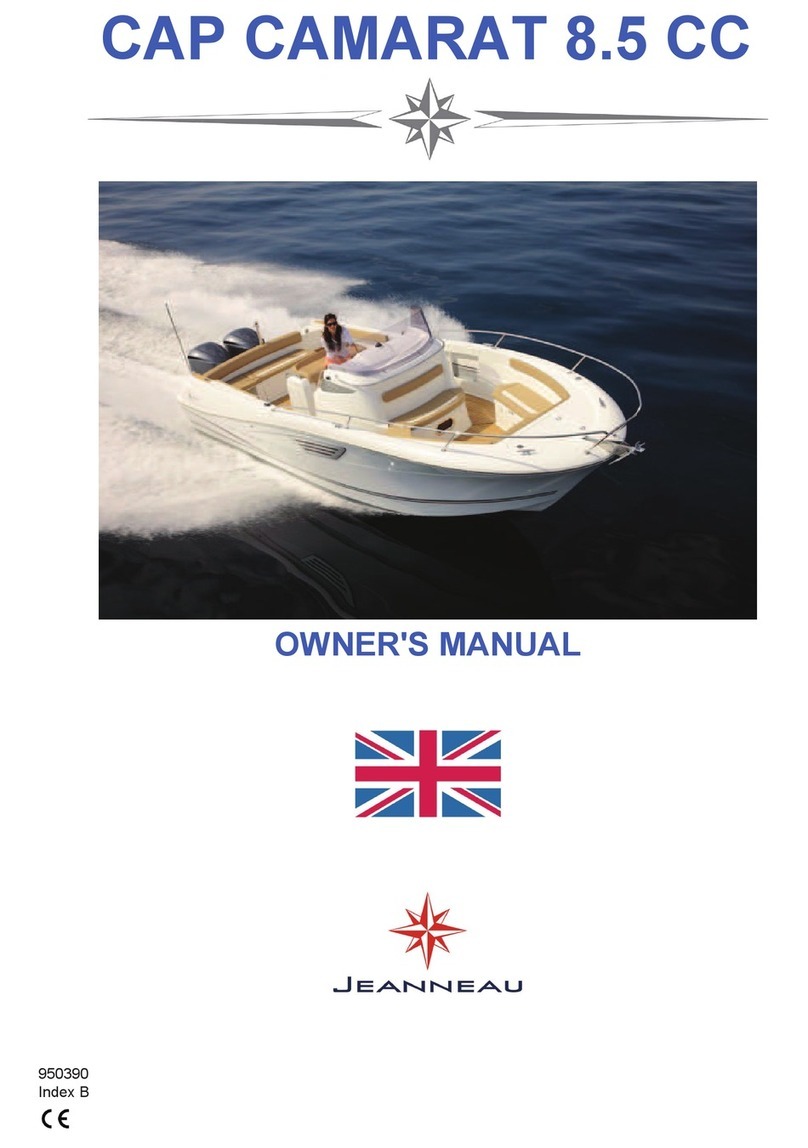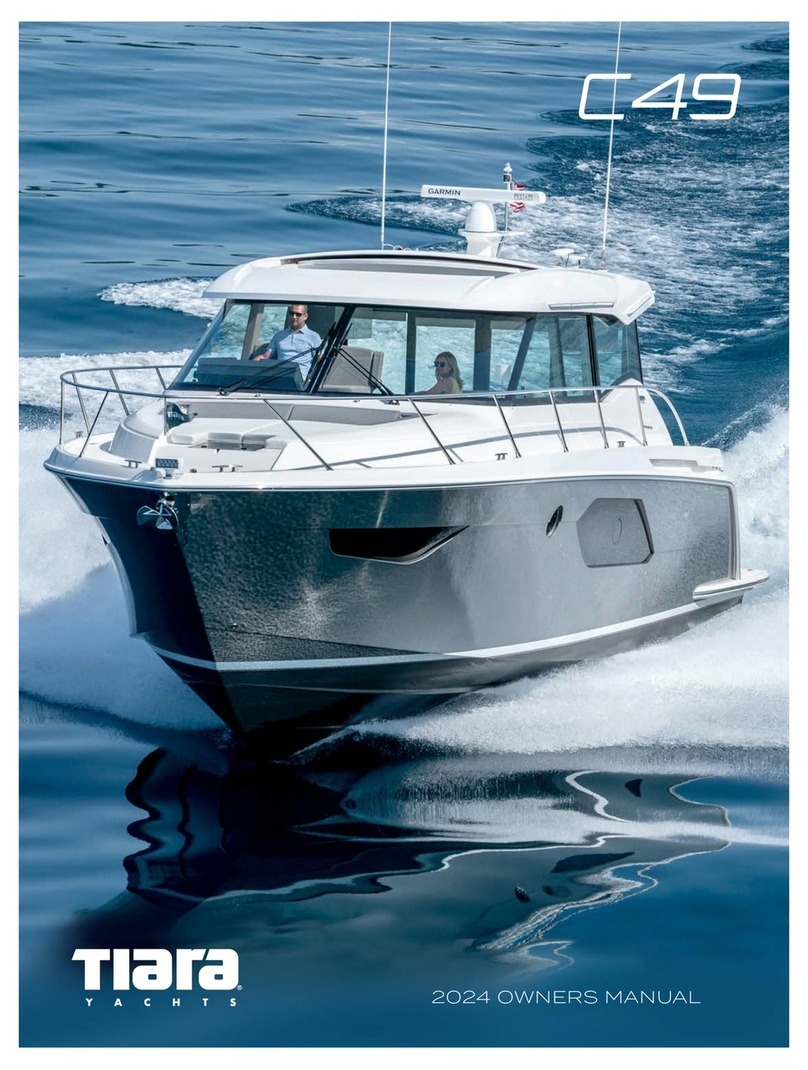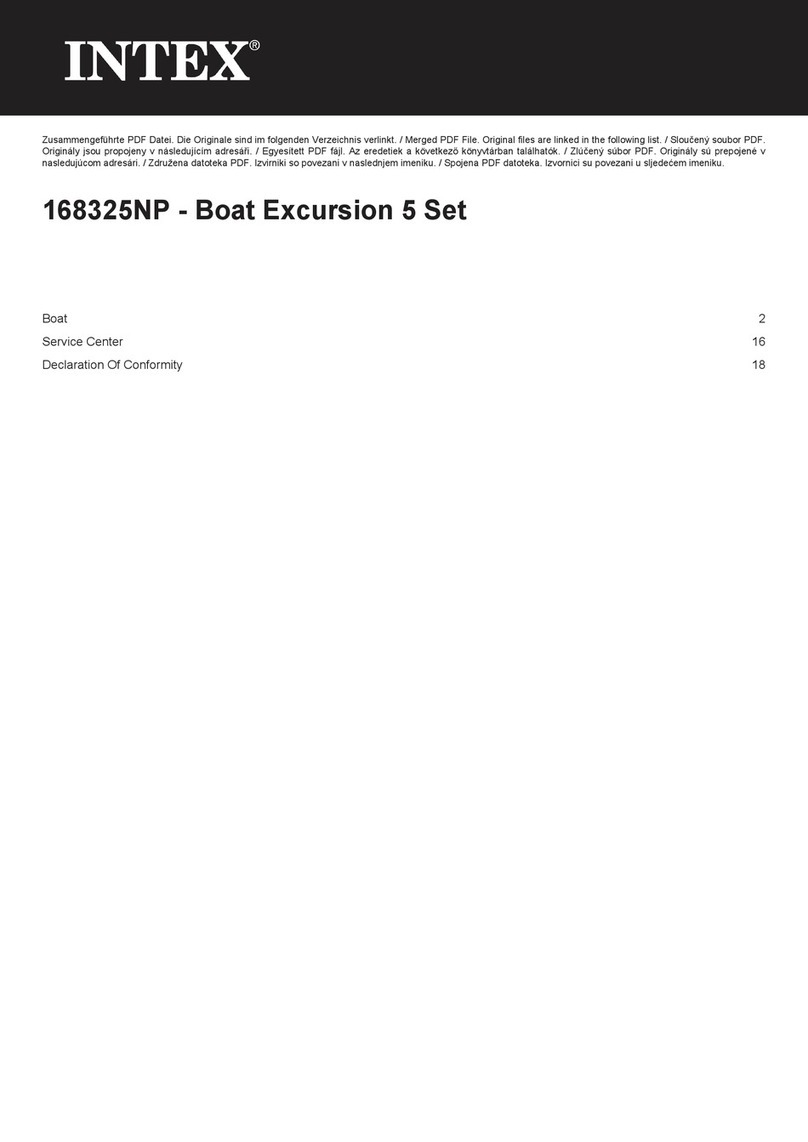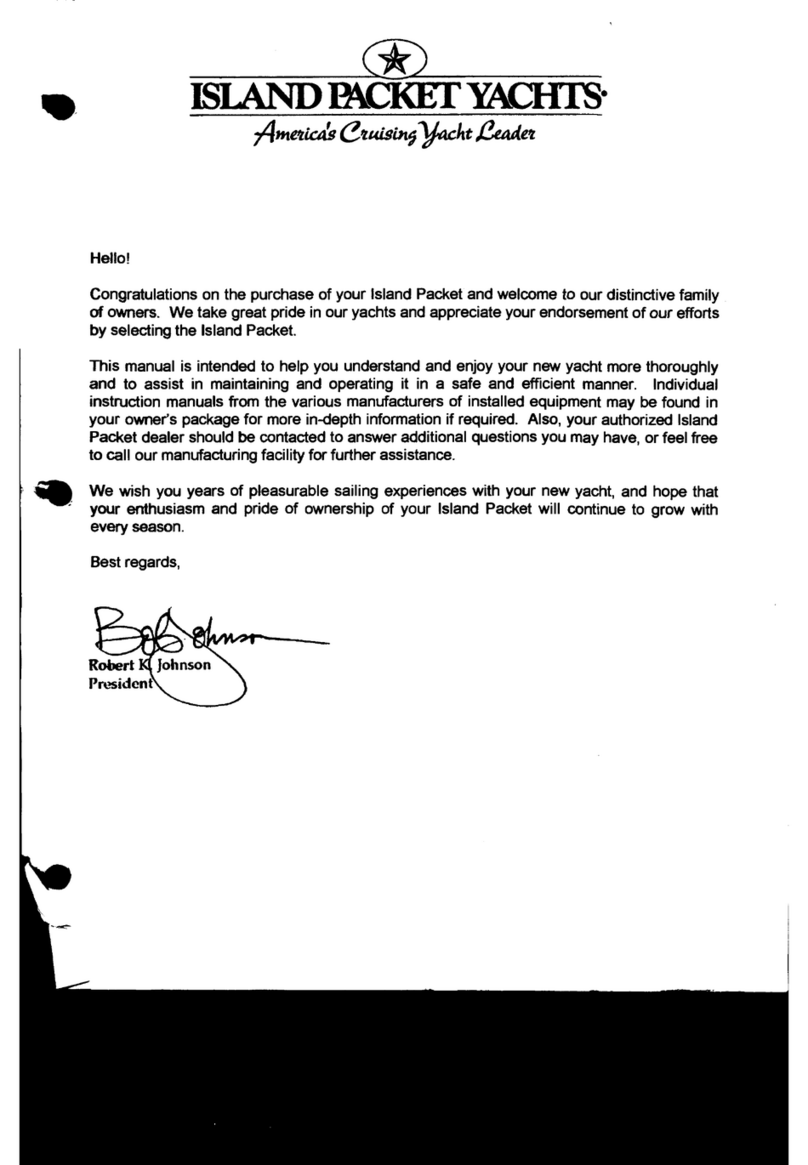
4
Table of Contents
Chapter 1 General
Information
..................................................................6
1.1
General ................................................................................................................................
6
1.2 Owner / Operator
Responsibilities .......................................................................................
6
Chapter 2 Helm Control
Systems
..............................................................7
2.1
General ................................................................................................................................
7
2.2 Steering
System...................................................................................................................
7
2.3 Engine Throttle and Shift
Controls .......................................................................................
7
Chapter 3 Propulsion System....................................................................8
3.1
General ................................................................................................................................
8
3.2 Engine Cooling
System........................................................................................................
9
3.3 Propellers
............................................................................................................................
9
3.4 Engine Power Tilt and
Trim................................................................................................
10
3.5 Engine Instrumentation
.....................................................................................................
10
Chapter 4 Fuel
System
.............................................................................12
4.1
General ..............................................................................................................................
12
4.2 Fuel Fill
..............................................................................................................................
12
4.3 Fuel
Vent............................................................................................................................
12
4.4
Fueling ...............................................................................................................................
12
4.5 Fuel System Maintenance
.................................................................................................
13
4.6 Fuel
Filters .........................................................................................................................
13
Chapter 5 Electrical System ....................................................................13
5.1
General ..............................................................................................................................
13
5.2 Accessory Panel
Switches.................................................................................................
13
5.3 Electrical System
Maintenance..........................................................................................
14
Chapter 6 Raw Water & Freshwater Systems ........................................14
6.1
General ..............................................................................................................................
14
6.2 Livewell Operation
.............................................................................................................
14
6.3 High Pressure Washdown
.................................................................................................
15
6.4 Freshwater
System ............................................................................................................
15
6.5 Water Systems
Maintenance .............................................................................................
15
Chapter 7 Drainage
System .....................................................................
16
7.1
General ..............................................................................................................................
16
7.2 Drain System
Maintenance................................................................................................
16
7.3 Cockpit
Drains....................................................................................................................
16
7.4 Transom
Bilge....................................................................................................................
16
7.5 Locker Drains ...................................................................................................................17
7.6 T-Top Drain (optional T-Top)
.............................................................................................
17
Chapter 8 Safety
Equipment
.....................................................................17
8.1 Required Safety Equipment
..............................................................................................
17
8.2 Suggested Safety Equipment - Inshore
.............................................................................
18

